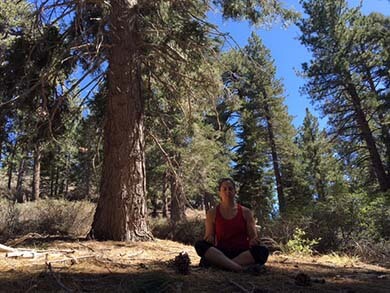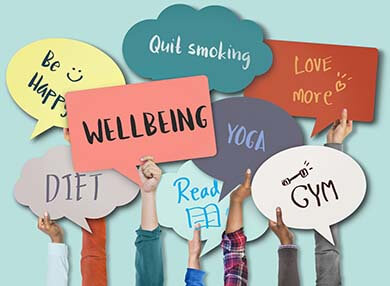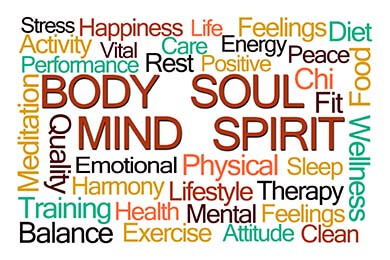PCIC works with clients who often have multiple unmanaged chronic physical illnesses, as Andy explained in a previous blog post. Oftentimes, these chronic physical illnesses are also linked to mental health conditions such as anxiety, panic attacks, and depression. To easily see the correlation between the two, let’s take a recent example from one of our clients:
Several weeks ago, she was admitted to the hospital complaining of “chest pain”. After many tests and several days in the hospital, her doctors determined that she was not experiencing chest pain from a heart attack. She didn’t have anything physically wrong with her. It turns out she was showing signs and symptoms of a panic attack — an understandably alarming set of symptoms to experience as a patient with complex cardiac history.
This client isn’t the only person who has made this mistake. Symptoms of a panic attack can be confusing for most people because they seem so similar to those of a heart attack: pressure or squeezing in the chest, difficulty breathing, chest pain, rapid heartbeat, increased blood pressure, sweating, etc.
The following 3 simple tips are ideas we routinely share with our clients to help prevent and/or reduce the effects of panic and anxiety. If you are one of the millions of Americans suffering from anxiety and/or panic attacks, maybe these tips will work for you too!
Tip #1: BREATHE!
I know this may sound slightly ridiculous, since you are probably thinking, “I’m breathing right now and I’m alive, right?” You will be amazed at the results of simply inhaling and exhaling, CORRECTLY!
If you find the beginning signs of your anxiety and/or panic beginning to creep up on you, take a moment to find a quiet place and sit down. Close your eyes and focus on your breath, inhaling and exhaling through your nose. On the inhale, your belly should push out, filling with air and on the exhale, your belly should come back in as the air empties out. Now, try and lengthen the breath by counting to 4 on the inhale and counting to 4 on the exhale. If you can’t get to 4, that’s ok. Practice this technique by working your way up to 4. Do this as many times as it takes to start feeling the anxiety/panic lessen.
Tip #2: Exercise!
Get out and move! Whatever this means for you – it could be as simple as going for a walk or doing jumping jacks, or more involved such as taking a Zumba class at the nearest community center. Exercise releases endorphins and allows the body to naturally regulate itself. Instead of allowing your panic to immobilize and control you, take control of it first, and have FUN in the process!
Tip #3: Be a Warrior!
Remember, while anxiety and panic can have physical symptoms, it is ultimately a mental health condition – it’s in your head. Panic and anxiety feed on your fears, phobias, and paranoia. Don’t allow it to break you, face it head on and challenge it. When the anxiety is no longer something to be feared, then you can begin the steps of conquering it by making healthy choices for your life: healthy eating, healthy sleeping, decreasing caffeine/alcohol/cigarettes, meditation, exercise, and much more.






